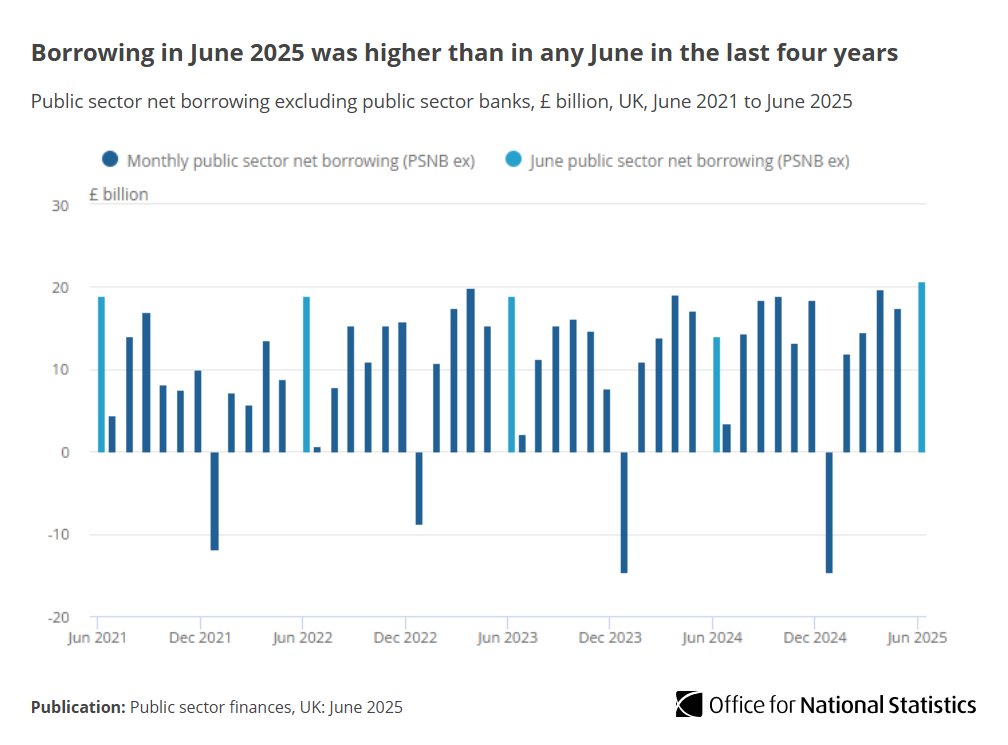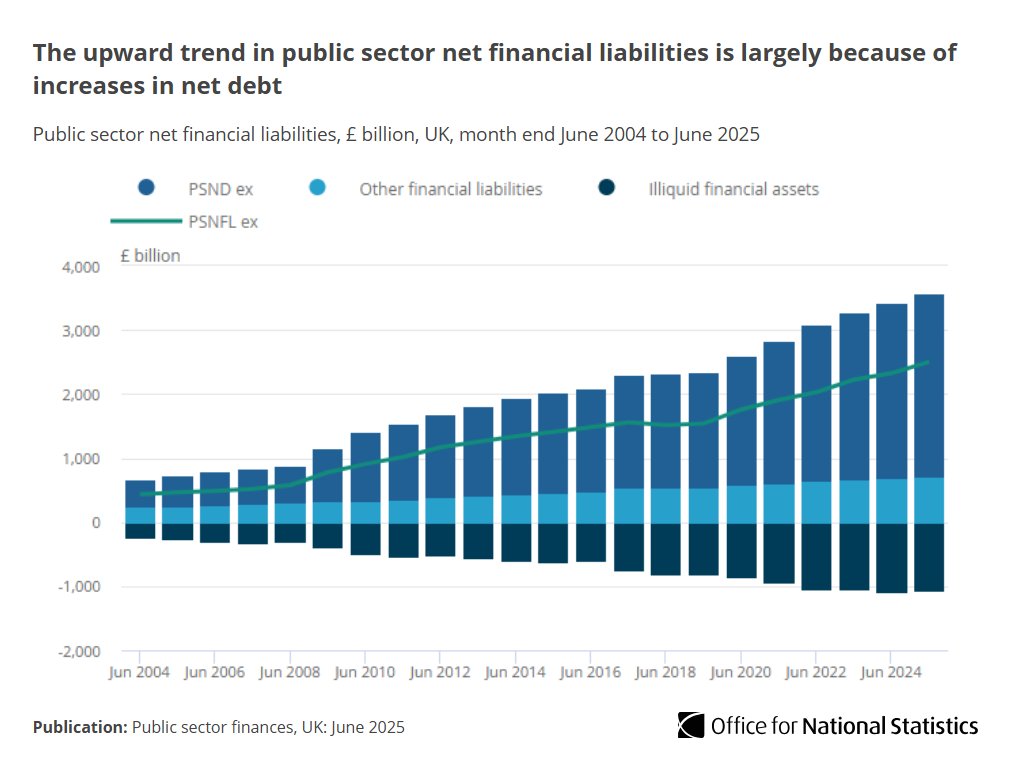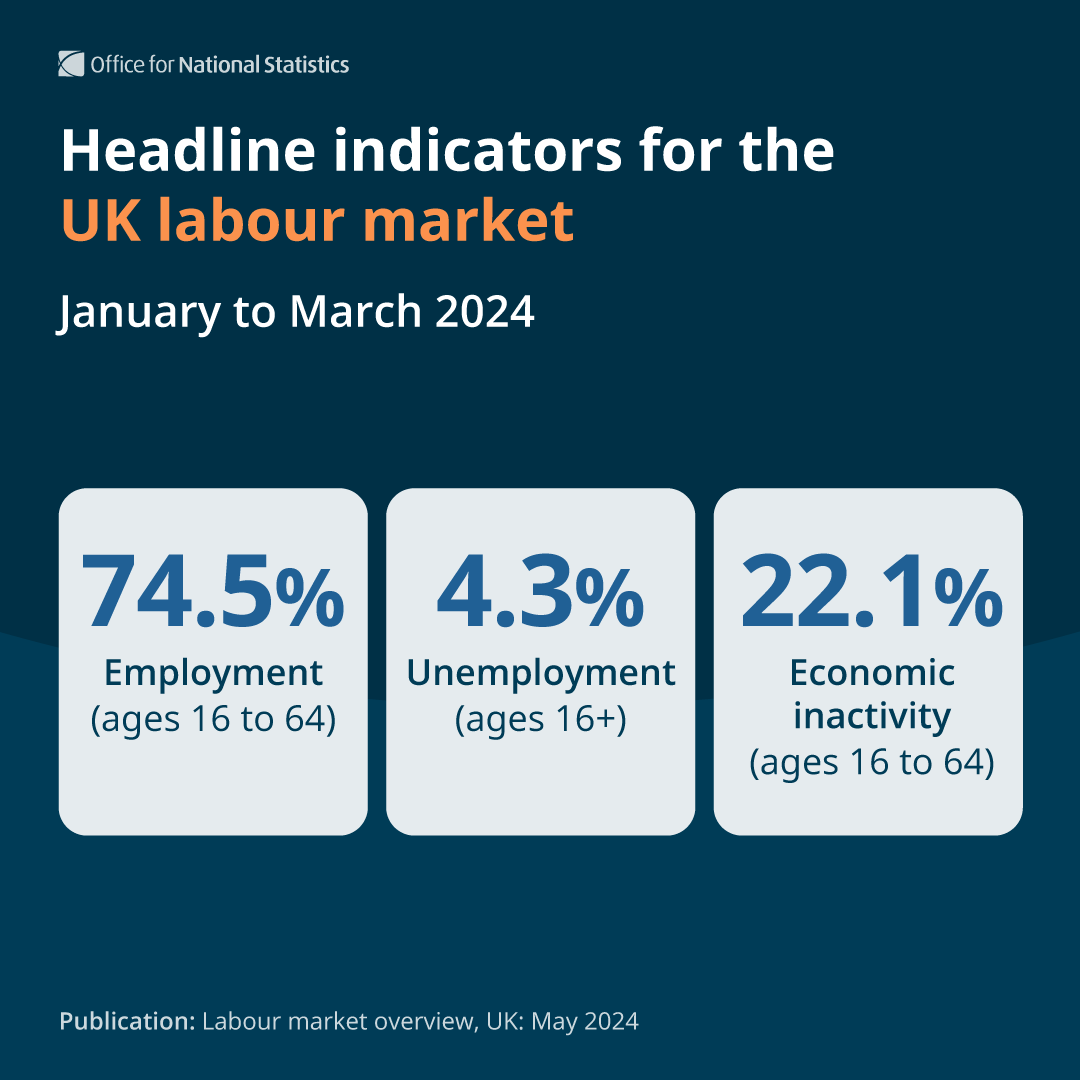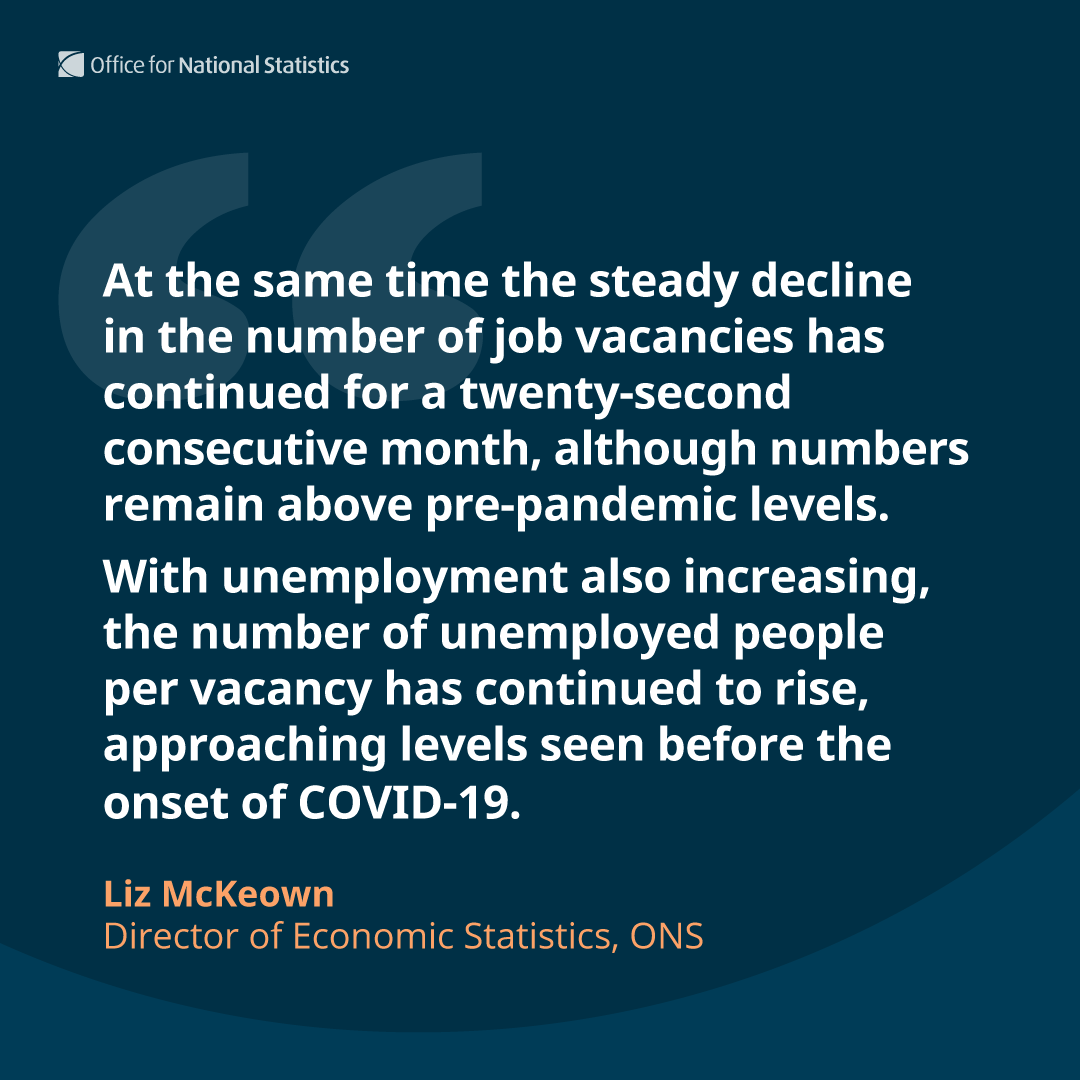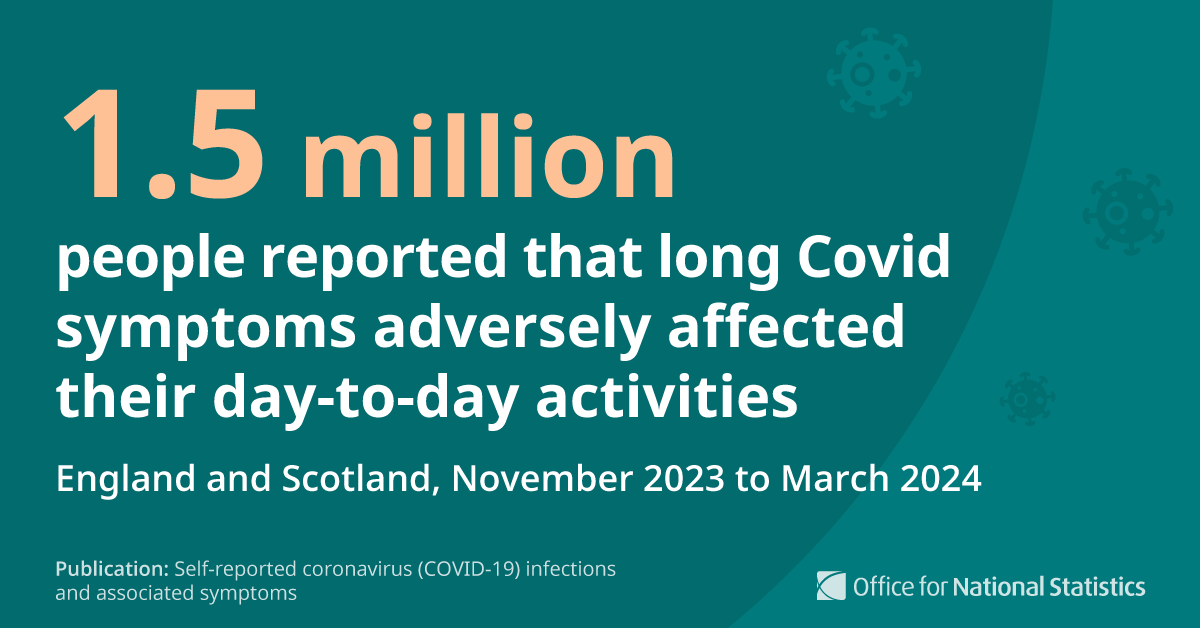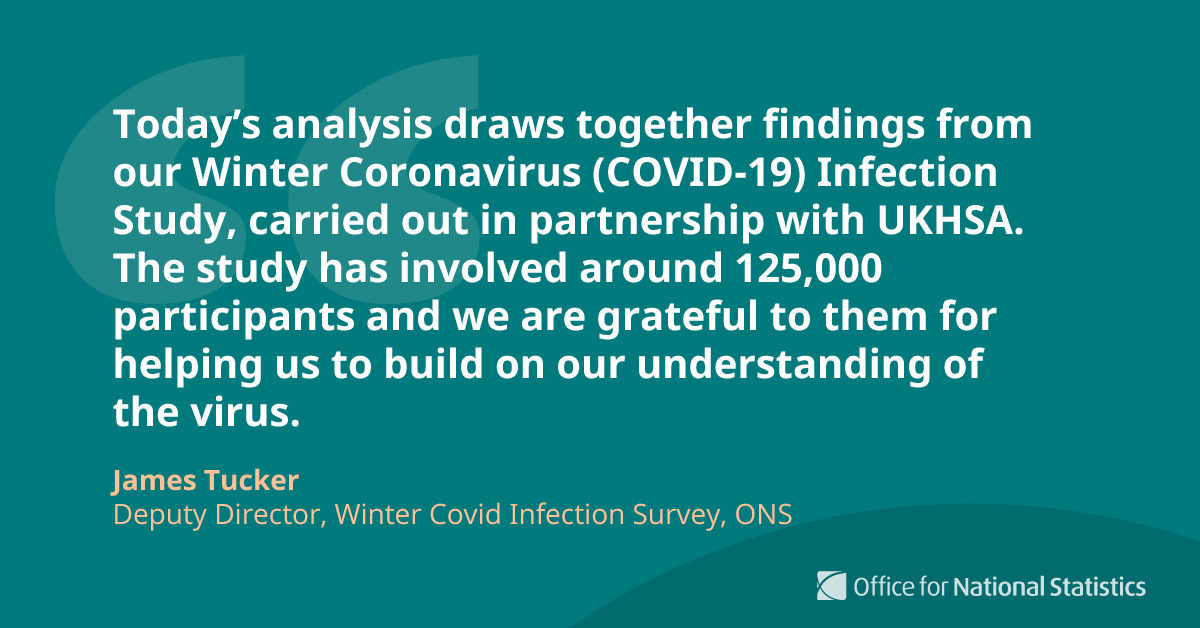Our new analysis looks at unpaid carers from 31 March to 25 April 2021.
More women (57%) provided unpaid care than men (43%) – this includes giving unpaid help to somebody with physical or mental illness or age-related problems ow.ly/QpR250F7aY8
More women (57%) provided unpaid care than men (43%) – this includes giving unpaid help to somebody with physical or mental illness or age-related problems ow.ly/QpR250F7aY8

More than half of unpaid carers provided 5 hours or fewer a week.
There was no significant difference in the number of hours worked for men and women, or the type of care provided ow.ly/mRxK50F7b4n
There was no significant difference in the number of hours worked for men and women, or the type of care provided ow.ly/mRxK50F7b4n

The most common care activities were
▪️ being available if needed
▪️ helping around the home or garden
▪️ providing company
▪️ accompanying on errands
➡️ ow.ly/mRxK50F7b4n
▪️ being available if needed
▪️ helping around the home or garden
▪️ providing company
▪️ accompanying on errands
➡️ ow.ly/mRxK50F7b4n

A larger proportion of unpaid carers were worried about the effects that the #COVID19 pandemic was having on their life (63%) compared with non-carers (56%) ow.ly/MpVf50F7bcm 

57% of unpaid carers had received their first vaccine dose, and 20% had received both doses.
Fewer non-carers had received one dose (44%) or both doses (16%). However, on average unpaid carers were older (52 years) than non-carers (47 years) ow.ly/zzUh50F7bll
Fewer non-carers had received one dose (44%) or both doses (16%). However, on average unpaid carers were older (52 years) than non-carers (47 years) ow.ly/zzUh50F7bll

• • •
Missing some Tweet in this thread? You can try to
force a refresh


